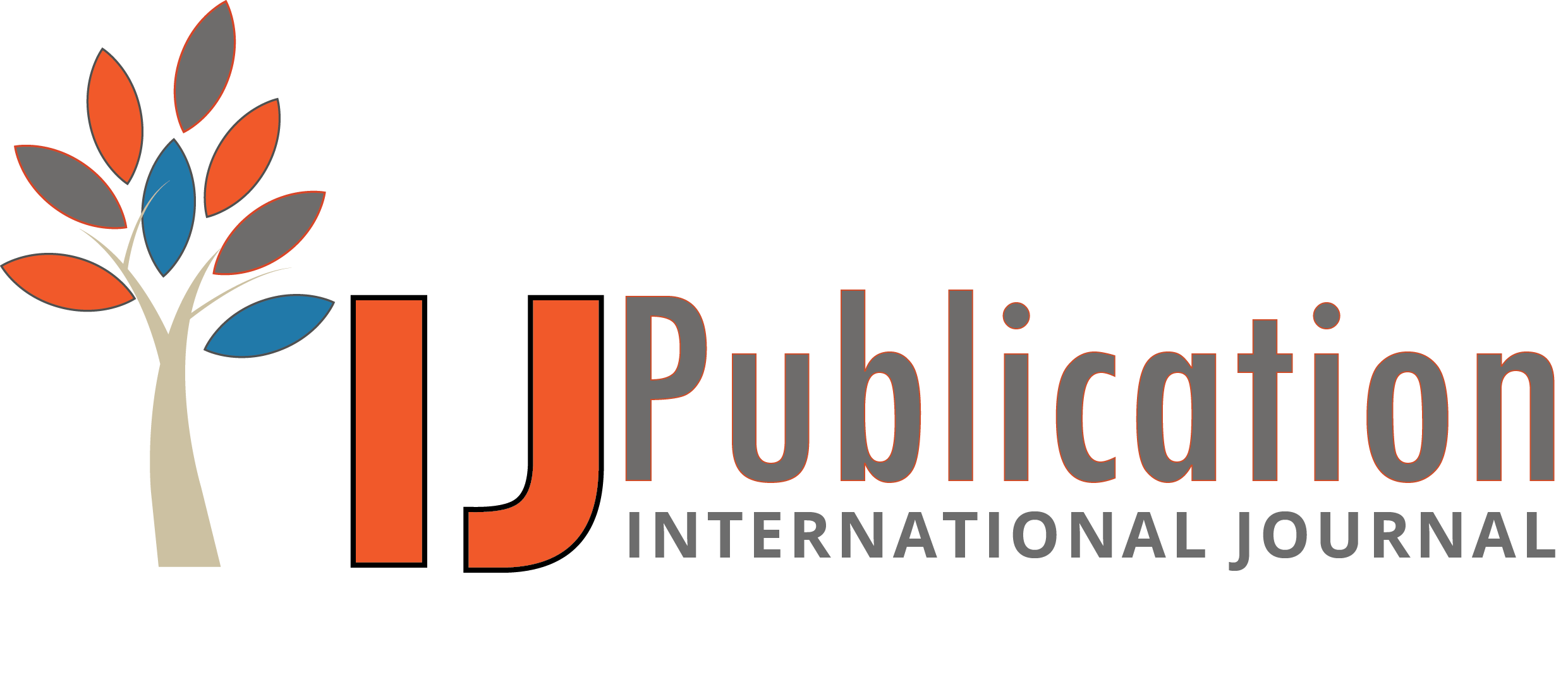Ramya Ramachandran Reviewer
15 Oct 2024 05:43 PM
 Approved
Approved
Relevance and Originality
This research article addresses a significant societal challenge by focusing on the navigation and daily functioning of visually impaired individuals. The exploration of innovative technology to enhance their independence is both relevant and timely, especially as existing solutions like voice assistants and white canes have notable limitations. The originality of the proposed object detection system, powered by Android and integrated with hardware like Arduino Uno and YoloV7, presents a fresh approach to overcoming these challenges. By prioritizing accessibility and comfort, this study contributes to the ongoing discourse on assistive technologies for individuals with disabilities.
Methodology
The methodology outlined in the article is well-defined, detailing the integration of various components such as Arduino Uno and YoloV7 for object detection. The use of controlled settings to simulate real-world scenarios for visually impaired individuals is commendable, as it allows for a focused assessment of the system's effectiveness. However, the paper could benefit from a more comprehensive explanation of the experimental design, including participant selection criteria, specific metrics used to evaluate performance, and the types of obstacles identified during testing. This additional detail would enhance the robustness of the methodology and clarify how the system's effectiveness is measured.
Validity & Reliability
The validity of the proposed system is supported by assessments conducted in controlled environments that mimic real-world challenges faced by visually impaired individuals. The results indicate that the technology can improve navigation, but the authors acknowledge that the data collected is insufficient for drawing firm conclusions. To bolster reliability, future research should incorporate larger sample sizes and varied environments to validate findings across different contexts. Furthermore, the inclusion of feedback from actual users would provide valuable insights into the system's practical applicability and help identify areas for improvement.
Clarity and Structure
The article is structured logically, making it relatively easy to follow the progression from problem identification to proposed solutions. However, some sections could benefit from clearer articulation, particularly in the explanation of technical components and processes involved in the system's operation. Simplifying complex jargon or including visual aids, such as diagrams or flowcharts, would enhance reader comprehension and engagement, particularly for those unfamiliar with the technical aspects of the project. Overall, improving clarity would strengthen the article's impact and broaden its accessibility to a wider audience.
Result Analysis
The result analysis demonstrates the potential of the proposed system in aiding visually impaired individuals to navigate unfamiliar environments. While initial findings suggest improvements in accessibility and comfort compared to traditional solutions, the authors note the need for more comprehensive data to support these claims conclusively. Future work should focus on gathering quantitative metrics that quantify improvements in navigation, such as time taken to navigate obstacles or user satisfaction ratings. Additionally, a deeper exploration of the challenges faced during the testing phases, including any limitations or unexpected outcomes, would provide a more nuanced understanding of the system's effectiveness and areas for further research.








Ramya Ramachandran Reviewer